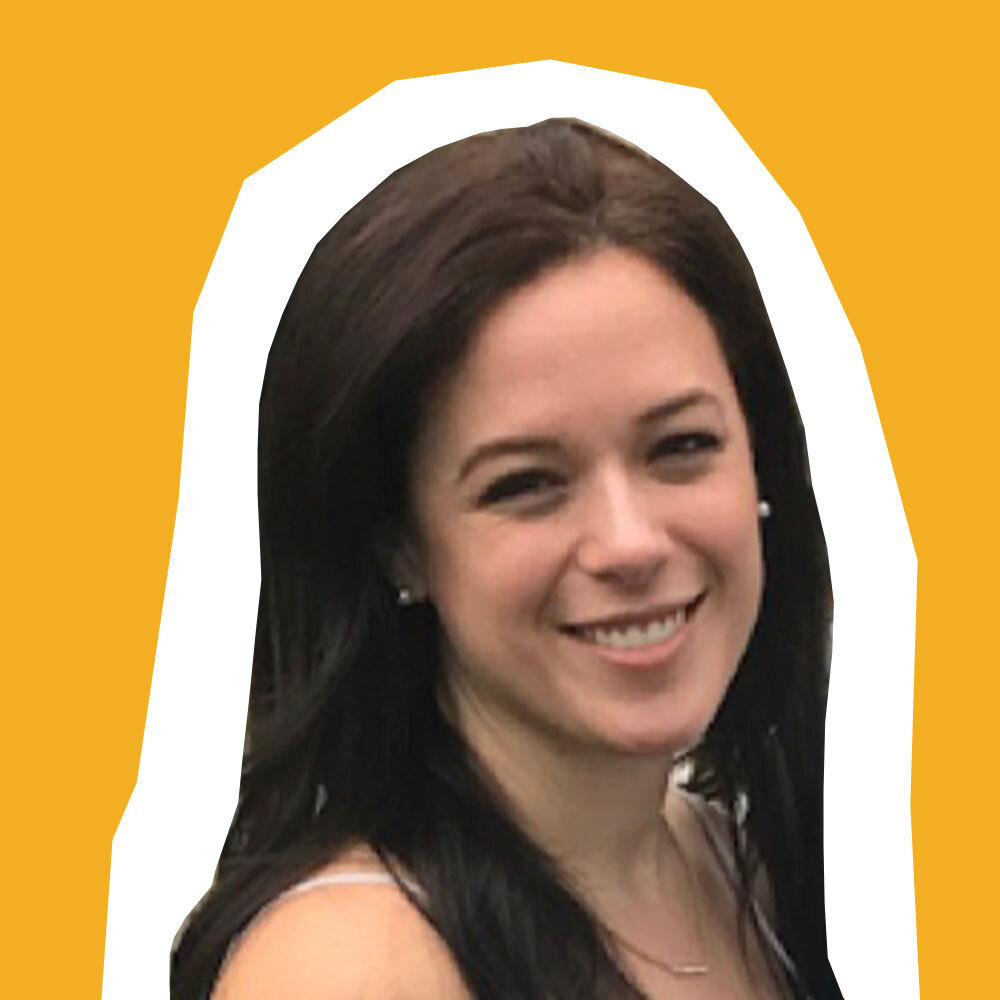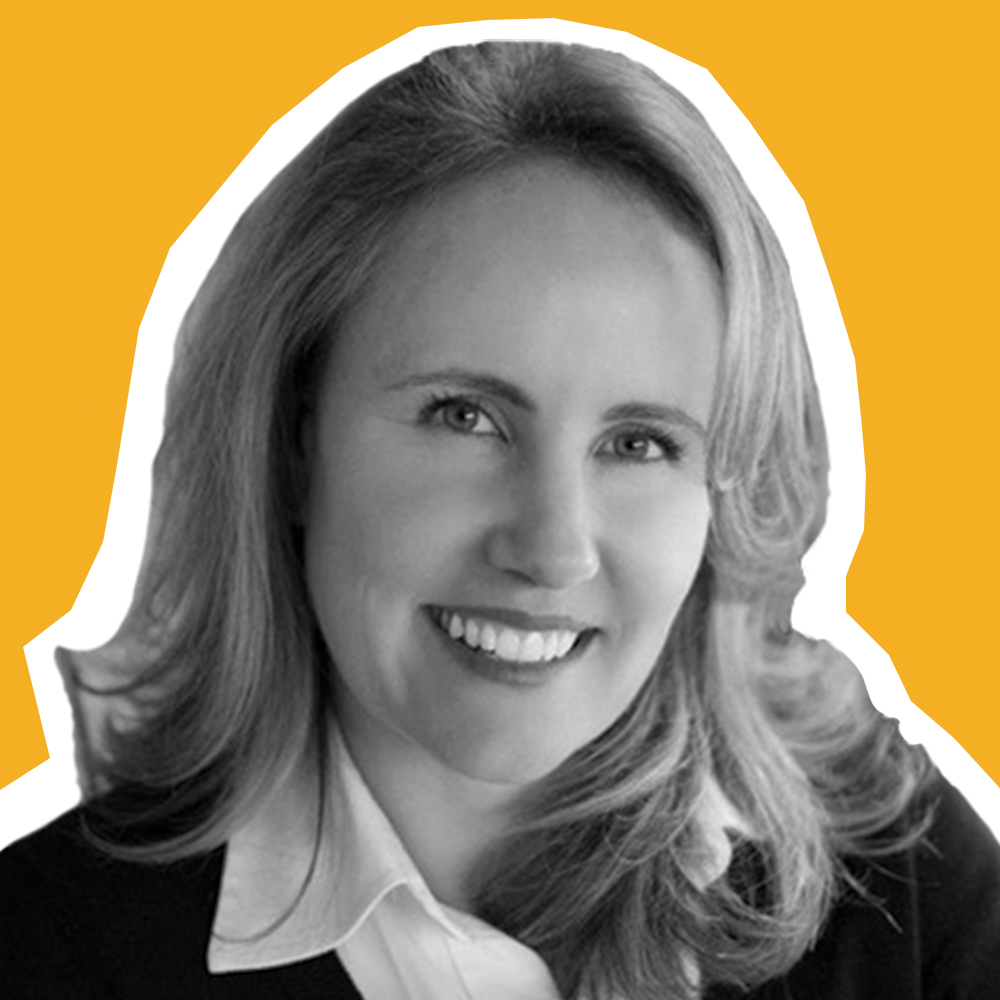Brand building is hard in any industry, but it can be especially difficult in healthcare. Some of this is due to the nature of the business. Healthcare brands conduct business under complex legal, regulatory and creative constraints that other businesses don’t face. And that’s before factoring in the recent disruptions of Covid-19 and the media consumption shift away from linear TV, which has been at the core of the industry’s patient outreach strategy for years.
In my role as Facebook’s head of industry for health, I’ve heard from pharmaceutical brands that costs and competition have been on the rise for a while. Brand managers are being asked to do more with less, and for some, the window to succeed feels more narrow than ever.
But Covid also showed the world how innovative and resilient this industry can be, by producing life-saving vaccines and treatments in record time. Leading pharma brands are recognizing that the table is set for a post-pandemic re-emergence, where they can apply their problem-solving prowess to building brands in exciting new ways. In fact, earlier this year, Facebook-commissioned research conducted by Nielsen showed that when healthcare brands paired Facebook with TV in their campaigns, it resulted in a 66% increase in brand awareness and a 57% increase in intent, when compared with TV ads only.
GSK found success with a multichannel campaign that incorporated Facebook and Instagram ads alongside other channels. I spoke with Ryan Billings, who previously led GSK’s U.S. oncology digital marketing and customer experience team, to learn how digital has helped grow one of GSK’s oncology brands.
Jenny Streets: Why did you choose Facebook and Instagram as part of your strategy for this campaign?
Ryan Billings: As cliche as it sounds, we want to meet patients where they are and build our brands where patients are ready to hear our story. We knew that many of our patients were digitally and socially leaned-in, especially around topics of health. And that meant Facebook apps were going to be a prime place for us to share our brand message.
What were some key learnings from this campaign, which combined digital ads with a highly targeted TV spot, provider outreach marketing and more?
This campaign showed that we can successfully build our brands using multichannel strategies, as opposed to just focusing on one channel only.
Our Facebook ads were the second-largest driver of sales, behind the work of our sales reps in the field. That’s huge, and not something I expected.
Ryan Billings
I don’t think there is such a thing as a linear journey for patients now. The pandemic accelerated the media shift we’ve been seeing for some time, where people are using social media more and more. In the post-Covid world, having a social strategy for your campaign is everything.
We used creative pre-testing for our Facebook and Instagram ads, to see what resonated best with patients at launch. We tested different messages and CTAs, which allowed us to refine the campaign, and gave us confidence we were telling the most impactful version of our story. Our strategy was to empower patients with information, so that when the time comes to have the conversation with their doctor, they’re aware of this treatment.
How did Facebook and Instagram perform relative to other channels?
Our Facebook ads were the second-largest driver of sales, behind the work of our sales reps in the field. That’s huge, and not something I expected.
Earlier in my pharma career, I was never able to come to the table with data proving the impact of digital, because we always got questions about ROI, and I couldn’t point to a clear number. That’s why it was always treated as a nice-to-have.
With this Facebook campaign, I was able to say, “I have the ability to measure this now. I know what percentage of prescriptions can be attributed to the work we did on social, and it’s our second biggest driver overall.” That’s powerful, and I think it goes against conventional thinking still held by many in the industry. There is so much opportunity to be had by diversifying our channel mix and moving away from what’s been done in the past, towards where our patients really are.



































































